Sulphurhead hap - Otopharynx lithobates
Scientific name: Otopharynx lithobates
Common name: Sulphurhead hap
Family: Cichlidae
Usual size in fish tanks: 15 - 16 cm (5.91 - 6.3 inch)
014
Recommended pH range for the species: 7 - 8
Recommended water hardness (dGH): 7 - 22°N (125 - 392.86ppm)
0°C 32°F30°C 86°F
Recommended temperature: 23 - 27 °C (73.4 - 80.6°F)
The way how these fish reproduce: Spawning
Where the species comes from: Africa
Temperament to its own species: peaceful
Temperament toward other fish species: peaceful
Usual place in the tank: Middle levels
Food and feeding
Provide Sulphurhead haps with cichlids pellets as the staple diet but include some spirulina flake as well. They will also require meaty foods in the form of live or frozen treats to fulfil their needs.
Origin
Africa; Sulphurhead hap is endemic to Lake Malawi.
Sexing
When juveniles, there is no differences between the sexes. As they mature the males will develop a blue coloration to the body with a yellow border to the dorsal fin. Males will also grow larger than the females.
Breeding
The eggs will be laid on a flat rock and once fertilised, the female will pick them up in her mouth. The brooding normally last for about 3 weeks and during this time she may refuse to eat. Once the fry have been released, they can be fed on daphnia or newly hatched brine shrimp.
Lifespan
The expected life span for Otopharynx lithobates is 8 years.
Short description
This hap is a peaceful species that very rarely shows aggression to other tank mates. It doesn’t like burrowing in the substrate so plants can be added to a species tank without them being uprooted.
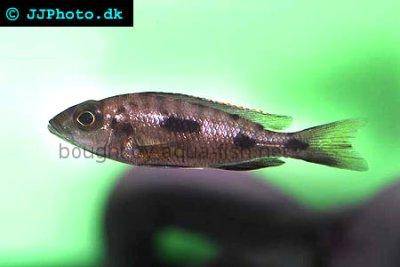


 Thread-finned
Thread-finned  Acara
Acara  Yellow
Yellow 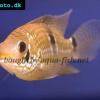 Aequidens
Aequidens  Blue
Blue  Green
Green  Acara
Acara  White
White  Compressed
Compressed  Pastel
Pastel 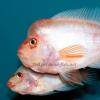 Midas
Midas  Red
Red  Bluemouth
Bluemouth 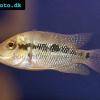 False
False  African
African  Agassiz's
Agassiz's  Banded
Banded  Yellow
Yellow  Cockatoo
Cockatoo  Blue
Blue  Blackstripe
Blackstripe  Highfin
Highfin 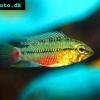 Redstripe
Redstripe  Threadfinned
Threadfinned  Macmaster’s
Macmaster’s 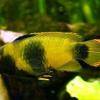 Panda
Panda 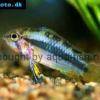 Norbert’s
Norbert’s  Blue
Blue 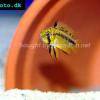 Thin-line
Thin-line 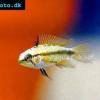 Three-striped
Three-striped 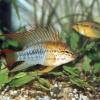 Viejita
Viejita  Flier
Flier  Archocentrus
Archocentrus  Convict
Convict  Seven
Seven 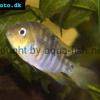 Blue-eye
Blue-eye  Spiny
Spiny  Oscar
Oscar  Sunshine
Sunshine  Chitande
Chitande  Firebird
Firebird  Midnight
Midnight 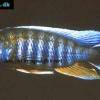 Lake
Lake 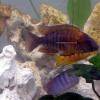 Sunshine
Sunshine 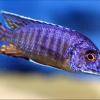 Aulonocara
Aulonocara 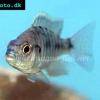 Nyasa
Nyasa  Ruby
Ruby  Grants
Grants  Aulonocranus
Aulonocranus 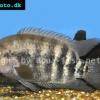 Chameleon
Chameleon 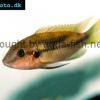 Benitochromis
Benitochromis  Orinoco
Orinoco  Yellow
Yellow  Brichard’s
Brichard’s  Guenther’s
Guenther’s  Cichla
Cichla  Peacock
Peacock  Chiseltooth
Chiseltooth 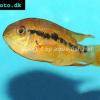 Bolivian
Bolivian 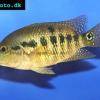 Red
Red 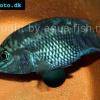 Many-pointed
Many-pointed  Jack
Jack  Red
Red 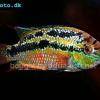 Yellow
Yellow  Three
Three 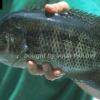 Mayan
Mayan  Keyhole
Keyhole  Azureus
Azureus  Red
Red 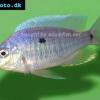 Jackson’s
Jackson’s  Crenicichla
Crenicichla  Honduran
Honduran  Afra
Afra  Frontosa
Frontosa  Slender
Slender 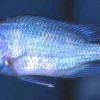 Malawi
Malawi  Chequerboard
Chequerboard 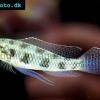 Checkerboard
Checkerboard  Malawi
Malawi 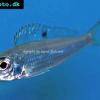 Ectodus
Ectodus  Tanganyika
Tanganyika  Canara
Canara 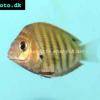 Green
Green 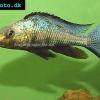 Rostratus
Rostratus 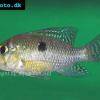 Pearl
Pearl  Geophagus
Geophagus  Yellowhump
Yellowhump  Suriname
Suriname 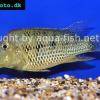 Redhump
Redhump  Red
Red 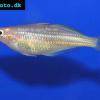 Dority’s
Dority’s  Argentine
Argentine  Burton’s
Burton’s  Victoria
Victoria 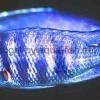 Haplochromis
Haplochromis 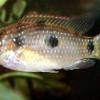 Jewel
Jewel  Banded
Banded  Lifalili
Lifalili 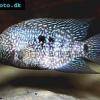 Lowland
Lowland 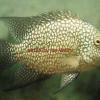 Texas
Texas  Pantano
Pantano  Severum
Severum  Banded
Banded  Severum
Severum  Rainbow
Rainbow 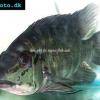 Parrot
Parrot  Chocolate
Chocolate  Brown
Brown  Marlieri
Marlieri  Golden
Golden  Striped
Striped  Masked
Masked 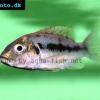 Konye
Konye  Blue
Blue  Trewavas
Trewavas  Electric
Electric  Dwarf
Dwarf  Redbreast
Redbreast  Lamprologus
Lamprologus  Gold
Gold 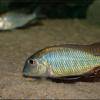 Greenface
Greenface  Aurora
Aurora  Blue
Blue  William’s
William’s  Zebra
Zebra 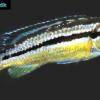 Malawi
Malawi  Blue
Blue 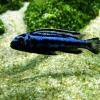 Blue
Blue  Mbuna
Mbuna  Parallel
Parallel  Purple
Purple  Flag
Flag  Bolivian
Bolivian  Ram
Ram  Basket
Basket  Haitian
Haitian  Zebra
Zebra  Striped
Striped 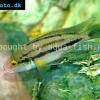 Neolamprologus
Neolamprologus  Brevis
Brevis  Fairy
Fairy  Neolamprologus
Neolamprologus 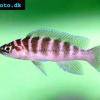 Cylindricus
Cylindricus  Hecq’s
Hecq’s  Neolamprologus
Neolamprologus  Lemon
Lemon  Mustax
Mustax  Daffodil
Daffodil  Six-bar
Six-bar 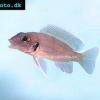 Five-bar
Five-bar  Marbled
Marbled 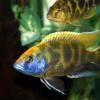 Giraffe
Giraffe  Blue
Blue  Wolf
Wolf  Jaguar
Jaguar  Blue
Blue  Marakeli
Marakeli  Madagascar
Madagascar 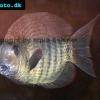 Pinstripe
Pinstripe  Pelmatochromis
Pelmatochromis  Kribensis
Kribensis 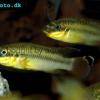 Striped
Striped  Red
Red 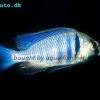 Deepwater
Deepwater  Fenestratus
Fenestratus  Nichols’
Nichols’  Southern
Southern 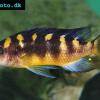 Bumble
Bumble  Demason’s
Demason’s  Slender
Slender  Red
Red  Mbuna
Mbuna  Malawi
Malawi  Kenyi
Kenyi  Powder
Powder  Altum
Altum  Angelfish
Angelfish  Angelfish
Angelfish  East
East 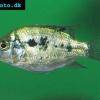 Juba
Juba  Earth
Earth  Electric
Electric  Azure
Azure  Lionhead
Lionhead  Discus
Discus  Blue
Blue 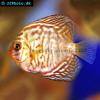 Zebra
Zebra  Red
Red  Brichard’s
Brichard’s  Blue
Blue  Firemouth
Firemouth  Zebra
Zebra  Blue
Blue  Dwarf
Dwarf 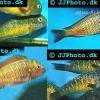 Blunthead
Blunthead 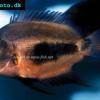 The
The 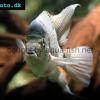 White
White  Twoband
Twoband 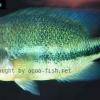 Vieja
Vieja  Window
Window 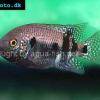 Southern
Southern  Tailbar
Tailbar  Black
Black 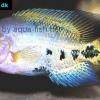 Redhead
Redhead 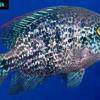 Oaxaca
Oaxaca  Xenotilapia
Xenotilapia